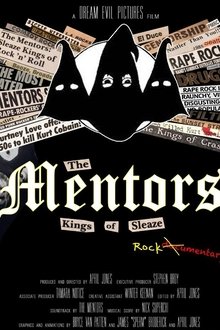The Decline of Western Civilization Part II: The Metal Years (1988)
An exploration of the heavy metal scene in Los Angeles, with particular emphasis on glam metal. It features concert footage and interviews of legendary heavy metal and hard rock bands and artists such as Aerosmith, Alice Cooper, Kiss, Megadeth, Motörhead, Ozzy Osbourne and W.A.S.P..
Related Movies

Beyond Silence (1996)
Beyond Silence is about a family and a young girl’s coming of age story. This German film looks into the lives of the deaf and at a story about the love for music. A girl who has always had to translate speech into sign language for her deaf parents yet when her love for playing music grows strong she must decide to continue doing something she cannot share with her parents.
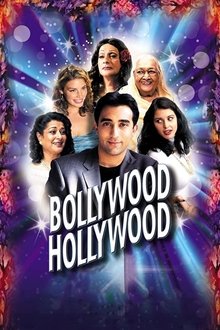
Bollywood/Hollywood (2002)
Rahul Seth is a dashing young millionaire who believes he is "western" enough to rebel against his mother and grandmother. They are not too keen about his Caucasian girlfriend Kimberly who, to make matters worse, is a pop star. Before you can say "karmic intervention," Kimberly dies in a freak accident and Rahul is devastated. Instead of allowing him to mourn in peace, Rahul's mother sees the opportunity she's been waiting for. She threatens to call off his sister's wedding unless he finds himself a "nice Indian girl." Rahul enlists the services of Sue, a fiercely independent escort whom he believes to be Hispanic, and therefore not "married" to the conventions taught to young Indian women. With a wink in her eye, Sue accepts the deal to pose as his Indian bride-to-be. She needs the money and having never been a fan of the typical Indian male, she feels her heart is safe. The charade begins....
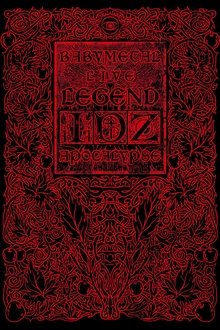
BABYMETAL LIVE ~LEGEND I、D、Z APOCALYPSE~LEGEND I (2012)
I、D、Z LEGEND "I" was a concert held by BABYMETAL on October 6, 2012, at Shibuya O-EAST in Tokyo, Japan. During the main set, BABYMETAL performed with BABYBONES, who mimed playing instruments. In the encore, they introduced the KAMI BAND, dressed in white robes and corpse paint. This was their first time playing with a live metal band. The concert ended with the announcement of their new single Ijime, Dame, Zettai, set for release on January 9, 2013.

9-Man (2014)
'9-Man' is an independent feature documentary about an isolated and exceptionally athletic Chinese-American sport that's much more than a pastime. Since the 1930s, young men have played this gritty streetball game competitively in the alleys and parking lots of Chinatown. At a time when anti-Chinese sentiment and laws like the Chinese Exclusion Act forced Chinese restaurant workers and laundrymen to socialize exclusively amongst themselves, nine-man offered both escape and fraternity for men who were separated from their families in China and facing extreme discrimination and distrust. Pivoting between oil-spotted Chinatown parking lots and jellyfish-filled banquet scenes, the film captures the spirit of nine-man as players not only battle for a championship but fight to preserve a sport that holds so much history.

BABYMETAL LIVE ~LEGEND I、D、Z APOCALYPSE~LEGEND D (2012)
I、D、Z ~LEGEND "D" SU-METAL Birthday Festival (I、D、Z ~LEGEND "D" SU-METAL 聖誕祭; I、D、Z LEGEND "D" SU-METAL Seitansai) was a concert held on December 20, 2012, at Akasaka BLITZ in Tokyo, Japan. This show celebrated SU-METAL's 15th birthday.

BABYMETAL LIVE ~LEGEND I、D、Z APOCALYPSE~LEGEND Z (2013)
I、D、Z ~LEGEND "Z" was a concert held on February 1, 2013, at Zepp Tokyo in Tokyo, Japan. The show concluded with the announcement of their next concert, LEGEND "1999", confirming the continuance of their group activities. SU-METAL had recently graduated from Sakura Gakuin, and there was much anticipation regarding her future endeavors with BABYMETAL.
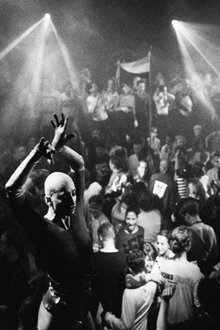
Of a Different Order (1998)
About the art explosion in Amsterdam during the 1980's when artists of all sorts found spaces and places and the legendary club RoXY (1987-1999) was created.
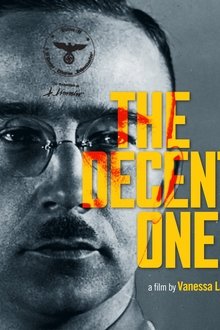
The Decent One (2014)
Through previously undiscovered private letters, photos and diaries that were found in the Himmler family house in 1945, the "The Decent One" exposes a unique and at times uncomfortable access to the life and mind of the merciless "Architect of the Final Solution" Heinrich Himmler.

Ydessa, the Bears and etc. (2004)
Ydessa Hendeles' exhibition entitled "The living and the Artificial" (consisting of works of art all comprising a photograph of living persons in the company of one or several teddy bears) had puzzled Agnès Varda so much that she decided to go to Toronto where the artist lives and interview her. In front of Agnes Varda's DV camera, Ydessa tells about the singularity of her artistic approach. She also expresses herself about the Holocaust, which both her parents survived.

Styx (1977)
A very unusual exploration of the Philadelphia subway and its riders, which creatively utilizes black and white photography.

War Dance (2007)
Three children living in a displacement camp in northern Uganda compete in their country's national music and dance festival.

MxPx - How to Build a Secret Weapon (2007)
Join Mike, Tom, and Yuri in the studio as they record their album "Secret Weapon."

Guns N' Roses: Appetite for Democracy – Live at the Hard Rock Casino, Las Vegas (2012)
Guns N' Roses live at The Joint at the Hard Rock Casino in Las Vegas on November 21, 2012, during the Appetite for Democracy tour in celebration of twenty-five years of Appetite for Destruction and four years of Chinese Democracy.
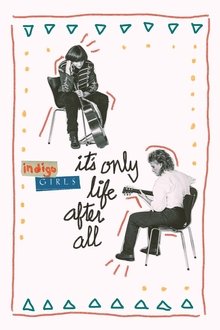
Indigo Girls: It's Only Life After All (2024)
An intimate look into the lives of one of the most iconic folk-rock bands in America - the Indigo Girls. With never-before-seen archival and intimate vérité the film dives into the songwriting and storytelling of the music that transformed a generation.

Dio: The Singles Collection (2012)
A collection of conceptual videos that defined the legendary career of Ronnie James Dio and Dio.

Into Madness (1989)
Initially airing on HBO's "America Undercover" series, this riveting documentary focuses on three families shattered by the psychiatric disorder of schizophrenia. Subjects "Bob," "Missy" and "Steven" have lived for over a decade with schizophrenia. The film documents the difficult day-to-day existence of both those afflicted with this order and the families searching for answers to their loved ones' suffering. This film also shows the varied and variably successful treatment methods for each of the subjects—one is placed in a group home, one is placed in an institution, and one is cared for at home. The documentary was critically acclaimed for its compassionate treatment of mental illness.

Stormé: Lady of the Jewel Box (1991)
“It ain’t easy…being green” is the favorite expression of Stormé DeLarverie, a woman whose life flouted prescriptions of gender and race. During the 1950s and '60s she toured the black theater circuit as a mistress of ceremonies and the sole male impersonator of the legendary Jewel Box Revue, America’s first integrated female impersonation show and forerunner of La Cage aux Folles.
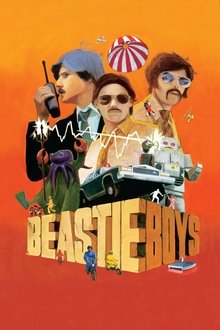
Beastie Boys: Video Anthology (2000)
The Beastie Boys are among the most influential groups of the last two decades. As their music has opened hip-hop to a wider audience and changed the parameters of its sound, their ambitious music videos have carried the medium to new levels of artistic expression. This groundbreaking two-disc anthology showcases eighteen videos containing alternate visual angles and multiple audio tracks. Loaded with never-before-seen footage and unreleased music tracks, this special edition also contains a trove of rare still photos and exclusive audio commentary by the band and the video directors.
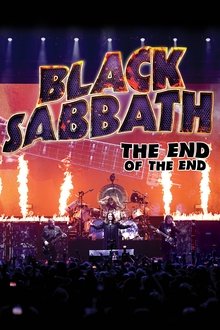
Black Sabbath: The End of The End (2017)
Chronicles the final tour from Black Sabbath. On February 4th, 2017, Black Sabbath takes the stage in Birmingham, the city where it all began, to play the 81st and final gig of the tour and bring down the curtain on a career that spanned almost half a century.
